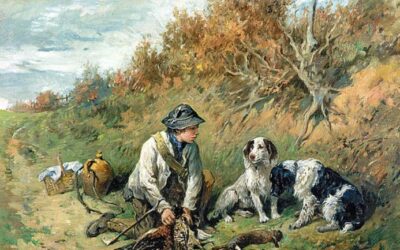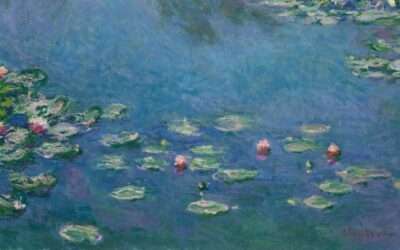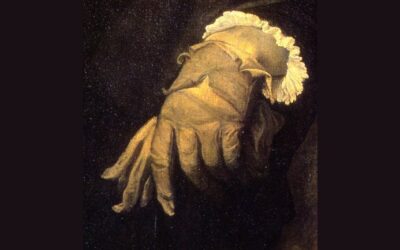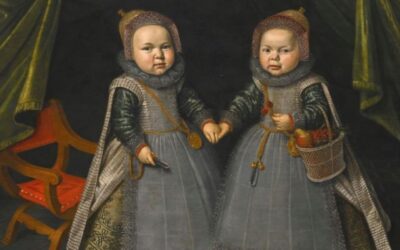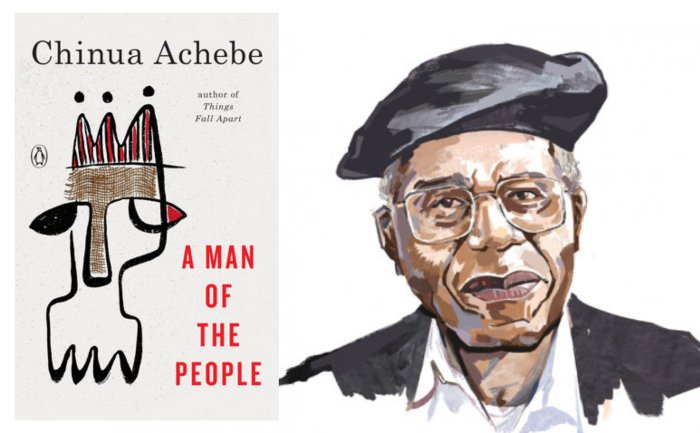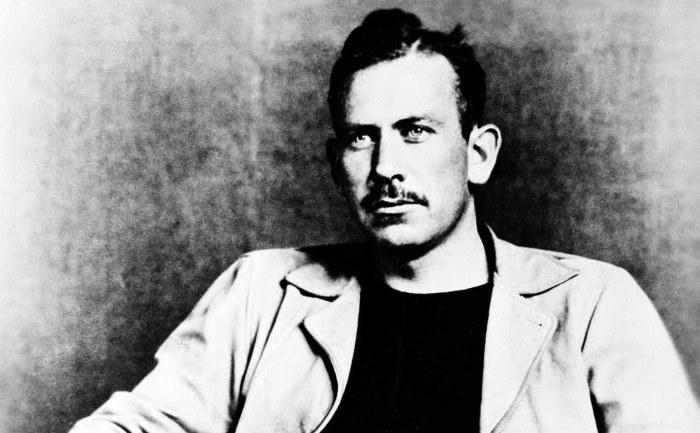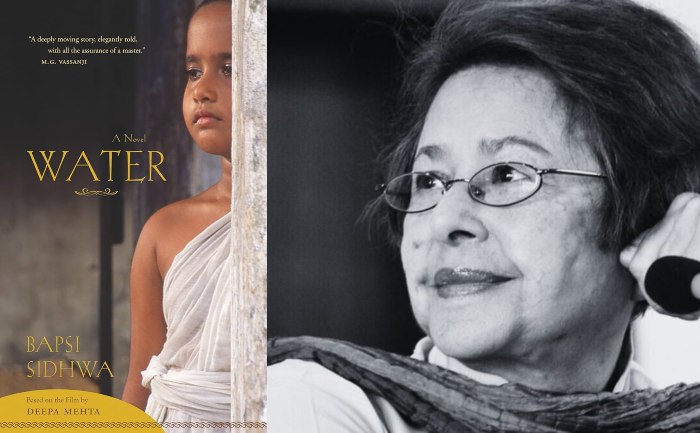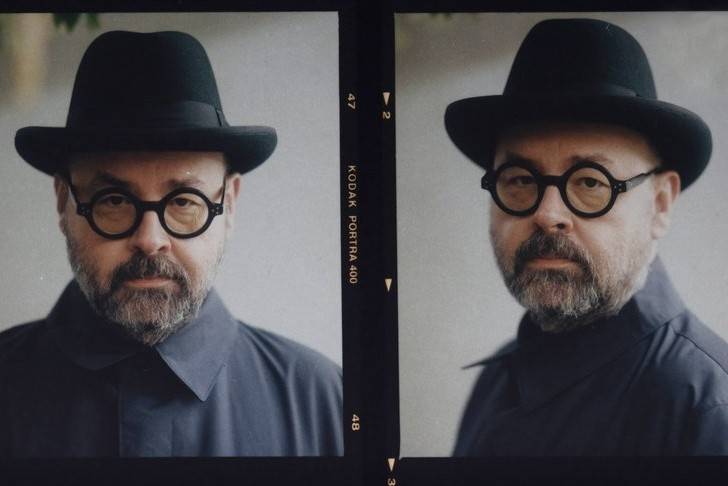The Unlikely Stories of Alasdair Gray
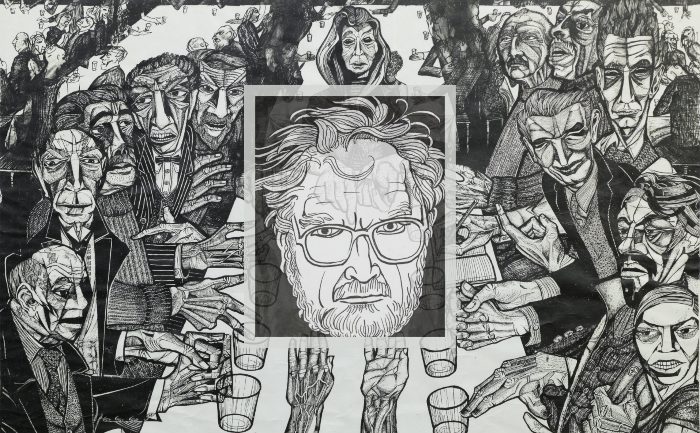
Alasdair Gray was an artist and writer from Scotland. His 1981 first book, Lanark, is regarded as a classic of Scottish literature. His writing, which has won multiple honors, blends science fiction, fantasy, and reality with his own artwork.
The Unlikely Stories of Alasdair Gray
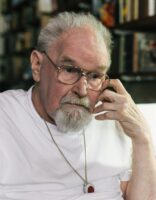
Alasdair Gray was born in 1934 in Riddrie, in north-east Glasgow, Alasdair Gray Gray was evacuated to Auchterarder in Perthshire and Stonehouse in Lanarkshire during World War II. The family resided in Wetherby, Yorkshire, from 1942 to 1945 while his father operated a worker’s hostel at the munitions factory ROF Thorp Arch.
He won awards for English and Art while he was a student at Whitehill Secondary School. Gray began writing short stories as a youth and had his BBC children’s radio debut when he was eleven years old, reading from an adaptation of one of Aesop’s fables. When he was eighteen, his mother passed away from cancer; that same year ,1952, he started attending Glasgow School of Art.
He studied at the Glasgow School of Art until 1957 when he graduated with a degree in Design and Mural Painting. In addition to his book illustrations, he painted portraits and murals, notably one at the Òran Mór theater and one at Hillhead subway station, Glasgow. His work has been widely displayed and is held in various significant collections.
In 1961, Gray married Inge Sørensen, a Danish teen nurse. They divorced in 1969 after having a son, Andrew, in 1963. From 1991 until her passing in 2014, he was wed to Morag Nimmo McAlpine Gray.

From 1977 to 1979, he was a writer-in-residence at the University of Glasgow, and from 2001 to 2003, he taught creative writing at Glasgow and Strathclyde universities.
He spent virtually his entire life in Glasgow. Alasdair Gray passed away at Queen Elizabeth University Hospital in Glasgow on December 29, 2019, the day after his 85th birthday, after a brief illness.
On his death The Guardian referred to him as “the father figure of the renaissance in Scottish literature and art”.

Art
Gray worked as a freelance artist after graduating from art school and painting theatrical scenery in Glasgow. “Horrors of War” was his first mural, created for the Scottish-USSR Friendship Society in Glasgow. Under the Helmet, a documentary film documenting his career thus far, was produced by the BBC in 1964.
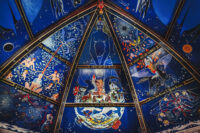
Some of his murals have survived, such as the one near the Hillhead subway station and the Ubiquitous Chip restaurant in Glasgow’s West End. One of the biggest pieces of art in Scotland is his ceiling mural, which was created over a number of years in the auditorium of the Òran Mór theatre and music venue on Byres Road in partnership with Robert Salmon, Nichol Wheatley, and others. With contemporary Glasgow residents in the foreground, it depicts Adam and Eve cuddling up against the night sky.
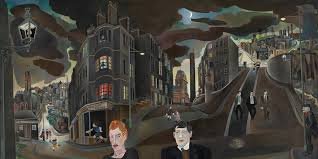
Gray served as Glasgow’s “artist recorder” for the People’s Palace museum from 1977 to 1978, thanks to a program established by the Labour government. Portraits of politicians, artists, members of the public, and workplaces with employees are among the hundreds of drawings he created of the city. These are currently part of Glasgow’s Kelvingrove Art Gallery and Museum’s collection.
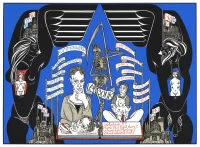
Gray started working with gallerist Sorcha Dallas in 2003, and throughout the course of the following 14 years, she helped spark interest in his visual practice by facilitating sales to prominent collections such as the Tate, the Scottish National Galleries, and the Arts Council of England. Additionally, the National Library of Scotland, the Hunterian Museum, the Victoria and Albert Museum, and Glasgow Museums all own his prints and paintings.
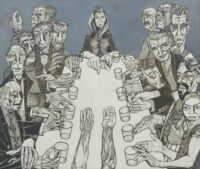
Gray claimed that although writing exhausted him, painting energized him. His visual art frequently incorporated broad or global themes and realities with local or intimate details.
Writing
In 1968, Gray’s first plays were aired on television (The Fall of Kelvin Walker) and radio (Quiet People). He was given a grant by the Scottish Arts Council in 1973 to continue writing the novel Lanark.
His best-known book is Lanark, his first novel, which was widely acclaimed when it was released in 1981. Two parallel stories are told in the book. First, a realistic portrayal of Duncan Thaw, a young artist growing up in Glasgow in the 1950s, is penned. In the other, Lanark travels to Unthank, a dystopian society run by the Council and the Institute, two enigmatic organizations with unrestricted authority. Lanark enters politics with the hope of improving Unthank’s life, but he gets wasted and embarrasses himself. Sandy, his son, informs him before he passes away, “The world is only improved by people who do ordinary jobs and refuse to be bullied.”
Lanark has been compared with Franz Kafka and Nineteen Eighty-Four by George Orwell for its atmosphere of bureaucratic threat, and with Jorge Luis Borges and Italo Calvino for its fabulism. It revivified Scottish literature and has been called “one of the landmarks of 20th-century fiction”.
His 2010 illustrated autobiography, A Life in Pictures, described the aspects of Lanark that he based on his personal experiences: he attended art school, had chronic eczema and shyness, struggled with relationships with women, and lost his mother when he was a young boy.
His first short-story collection, Unlikely Stories, Mostly, won the Cheltenham Prize for Literature in 1983. It is a selection of Gray’s short fiction from 1951–1983.
Gray considered 1982, Janine, his best work, and it was published in 1984. Amid the sex fantasies that McLeish creates to divert his attention from his suffering, it portrays Jock McLeish, a middle-aged Conservative security supervisor who is addicted to alcohol, and explains how individuals and groups within society are manipulated against their will.
The Fall of Kelvin Walker (1985) and McGrotty and Ludmilla (1990) were based on television scripts Gray had written early in his career, and describe the adventures of Scottish protagonists in London.
Gray regretted giving the provocative title to Something Leather (1990), a work that examines female sexuality. When he included it in his compilation Every Short Story 1951-2012, he retitled it Glaswegians and removed the sexual fantasy content, referring to it as his weakest book.
Poor Things (1992), a Frankenstein-style drama set in 19th-century Glasgow, explores Scottish colonial history. Scientist Godwin ‘God’ Baxter gives the brain of her own unborn child to a suicide victim. It received both a Guardian Fiction Prize and a Whitbread Novel Award. Later on, it was turned into an award-winning movie.
The 1994 novel A History Maker depicts a paradise gone bad and is set in a matriarchal society in the vicinity of St. Mary’s Loch in the twenty-third century.
Using a collection of prefaces from books spanning from Caedmon to Wilfred Owen, The Book of Prefaces (2000) narrates the history of humanism and the evolution of the English language. Gray translated several older pieces into contemporary English, provided lengthy marginal annotations, and chose the works.
Gray was having trouble making ends meet with the money he received from his book sales by 2000, so he had to request for financial assistance from the Scottish Artists’ Benevolent Association. Gray joined Glasgow and Strathclyde Universities as a professor in the Creative Writing department in 2001. After arguing with other employees about the route the course should follow, Gray resigned from his position in 2003.
In 2019 he won the inaugural Saltire Society Lifetime Achievement Award for his contribution to Scottish literature.
His books are self-illustrated using strong lines and high-impact graphics, a unique and highly recognisable style.
Best Alasdair Gray Books to Read
Lanark
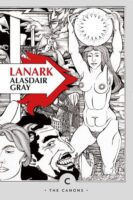
Lanark, a modern vision of hell, is set in the disintegrating cities of Unthank and Glasgow, and tells the interwoven stories of Lanark and Duncan Thaw. A work of extraordinary imagination and wide range, its playful narrative techniques convey a profound message, both personal and political, about humankind’s inability to love, and yet our compulsion to go on trying.
1982, Janine

Jock McLeish, failed husband, lover and businessman is alone in a hotel room, drinking whisky, fantasising about sex and contemplating suicide. As he tries to distance himself from reality, his lonely, alcohol-fuelled fantasies are interrupted by a flood of memories, reminding him of his own shortcomings.
An unforgettably imaginative book, deeply experimental in its form and charged with a dark humour, 1982, Janine is a searing portrait of male need and inadequacy. Gray’s exploration of politics, religion, powerlessness and pornography has lost none of its power to shock and entertain.
Unlikely Stories, Mostly
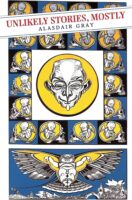
A man finds a bald patch on the back of his head that looks curiously like a face, then discovers he’s splitting in two. A bored student suggests digging a tunnel into the foundations of the art school. An elderly man is healed by hundreds of tiny people working on repairs inside his own head.
Unlikely Stories, Mostly is Alasdair Gray’s first collection of short stories. Gloriously illustrated, darkly funny, and steeped in myth and fable, they capture Gray’s singular imagination.
The Fall of Kelvin Walker
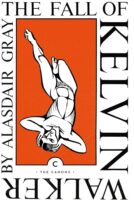
It is the Swinging Sixties and Kelvin Walker has moved from Scotland to London to make his fortune. Through his wanton ambition, a megalomania surfaces that is unrelieved by his insensitive attempts at friendship and romance. Yet is he all bad, or are the true villains the establishment figures who he tricks and deceives? And, ultimately, does it matter?
Gray’s twist on the follies of religion, the media and the imperial British centre is as relevant now as ever.
Poor Things
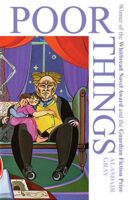
A life without freedom to choose is not worth having.
Godwin Baxter’s scientific ambition to create the perfect companion is realized when he finds the drowned body of the beautiful Bella, who he brings back to life in a Frankenstein-esque feat. But his dream is thwarted by Dr. Archibald McCandless’s jealous love for his creation… but what does Bella think?
This story of true love and scientific daring whirls the reader from the private operating-theatres of late-Victorian Glasgow through aristocratic casinos, low-life Alexandria and a Parisian bordello, reaching an interrupted climax in a Scottish church.
If you enjoyed The Unlikely Stories of Alasdair Gray, check out our Scottish Literature Quiz



